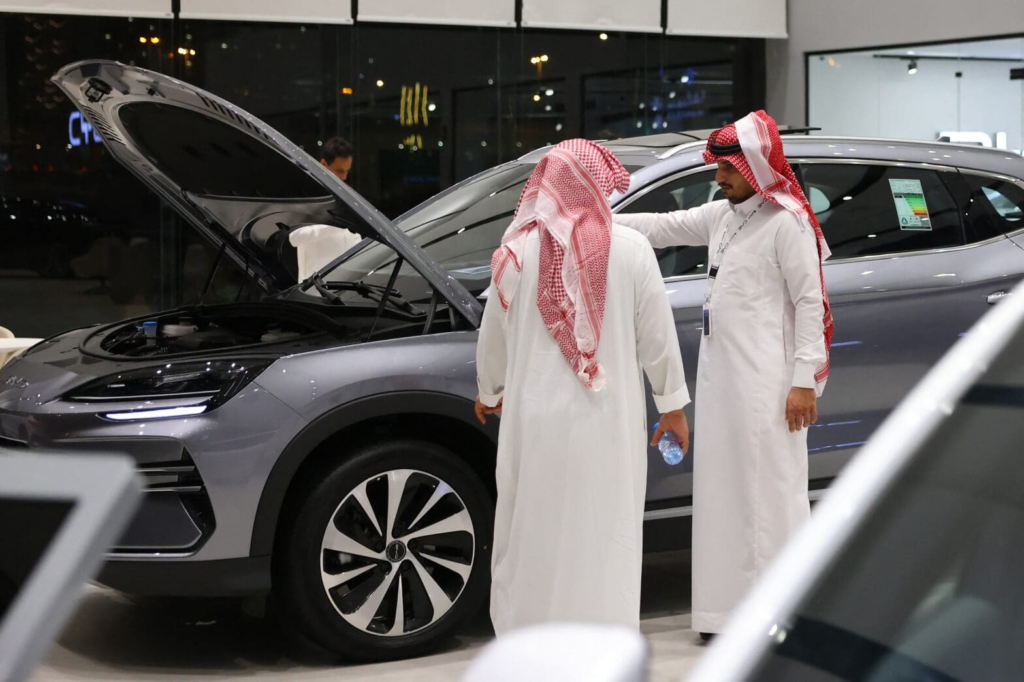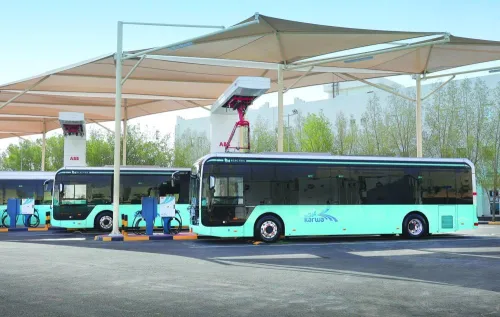Alternative Energy Vehicles are gaining strong momentum in the Gulf region. Once known for its heavy dependence on oil, the Gulf Cooperation Council (GCC) countries are now making bold moves toward sustainability and electric mobility. Countries like the United Arab Emirates, Saudi Arabia, and Qatar are investing in clean transportation solutions, opening a new chapter in the region’s energy story.
Let’s explore how and why this growth is happening, what challenges remain, and what the future looks like for alternative energy vehicles in the Gulf.
What Are Alternative Energy Vehicles?
Types of Alternative Energy Vehicles
Alternative energy vehicles (AEVs) are automobiles that run on fuel sources other than traditional petrol or diesel. These include:
- Electric Vehicles (EVs): Powered entirely by electricity.
- Hybrid Vehicles (HEVs): Use both an electric motor and internal combustion engine.
- Hydrogen Fuel Cell Vehicles (FCVs): Run on electricity generated from hydrogen.
- Plug-in Hybrid Electric Vehicles (PHEVs): Combine a rechargeable battery with a petrol engine.
These vehicles reduce greenhouse gas emissions and dependence on fossil fuels.
Why the Gulf Is Switching Gears
1. Government Policies Supporting Clean Energy
Gulf governments have begun adopting national strategies for sustainable transport. For example:
- UAE’s Net Zero by 2050 Strategy
- Saudi Arabia’s Vision 2030
- Qatar National Vision 2030
These policies aim to reduce carbon emissions, increase renewable energy, and invest in green transport solutions. Tax exemptions, reduced import duties, and EV incentives are also in place.
2. High Fuel Prices Driving Change
Although the Gulf is oil-rich, the rising global prices and pressure to diversify economies have pushed policymakers to promote fuel alternatives. Electric vehicles, which are cheaper to run and maintain, are becoming more attractive to both individuals and businesses.
Electric Vehicle Sales in the Gulf: A Steady Climb

3. United Arab Emirates Leading the Charge
UAE is leading in the region with the highest EV adoption rate. Dubai aims for 42,000 electric vehicles on the road by 2030. Public infrastructure such as EV charging stations is expanding rapidly.
4. Saudi Arabia’s Massive Investment in EV Production
Saudi Arabia is entering the market as a producer, not just a consumer. The Kingdom launched Ceer, its first homegrown EV brand, and invested in Lucid Motors, a U.S.-based EV company. The goal is to manufacture 150,000 vehicles annually by 2026.
5. Qatar’s Green Public Transport Vision

Qatar is electrifying its public transport system, including buses and metro connectivity. Over 25% of the public transport fleet is already electric, with full conversion expected by 2030.
Infrastructure Development: Powering the Change
6. Expanding EV Charging Networks
An important challenge in EV adoption is the availability of charging points. The Gulf countries are rapidly expanding their networks:
- Dubai has over 700 charging points and plans to double them by 2026.
- Saudi Arabia is planning a national EV charging network by 2030.
Private firms like ABB, Schneider Electric, and Tesla are entering the market with fast-charging solutions.
Challenges Slowing Down the Transition
7. Consumer Mindset and Range Anxiety
Despite growth, many consumers in the Gulf still prefer petrol vehicles. Concerns include:
- Limited charging stations in rural areas
- Higher initial costs of EVs
- Lack of awareness about EV benefits
Changing public perception and building trust remain critical tasks.
8. Climate Impact on EV Performance
The Gulf’s extreme heat can impact battery efficiency and charging times. Manufacturers need to adapt EV technology to handle desert conditions, which can be a limiting factor.
Future Outlook: What Lies Ahead?
The growth of alternative energy vehicles in the Gulf is expected to accelerate over the next five years. Analysts predict:
- EV market penetration in the GCC will rise to 15–25% by 2030.
- Hydrogen fuel infrastructure will be developed, especially in industrial sectors.
- More domestic EV brands will emerge in Saudi Arabia and the UAE.
Gulf countries are also exploring partnerships with global EV makers to set up local manufacturing units.
Conclusion
The growth of alternative energy vehicles in the Gulf marks a turning point in the region’s development. With strong government backing, rising public interest, and new investments, the Gulf is fast becoming a key player in the global green transport revolution.
However, challenges remain in infrastructure, consumer adoption, and climate adaptation. Overcoming these hurdles will be essential for a sustainable and smart mobility future.
As the world watches, the Gulf may soon shift from being an oil giant to a green transport leader.
read more- How Gulf Governments Are Promoting Entrepreneurship in Schools in 2025: 9 Game-Changing Initiatives



